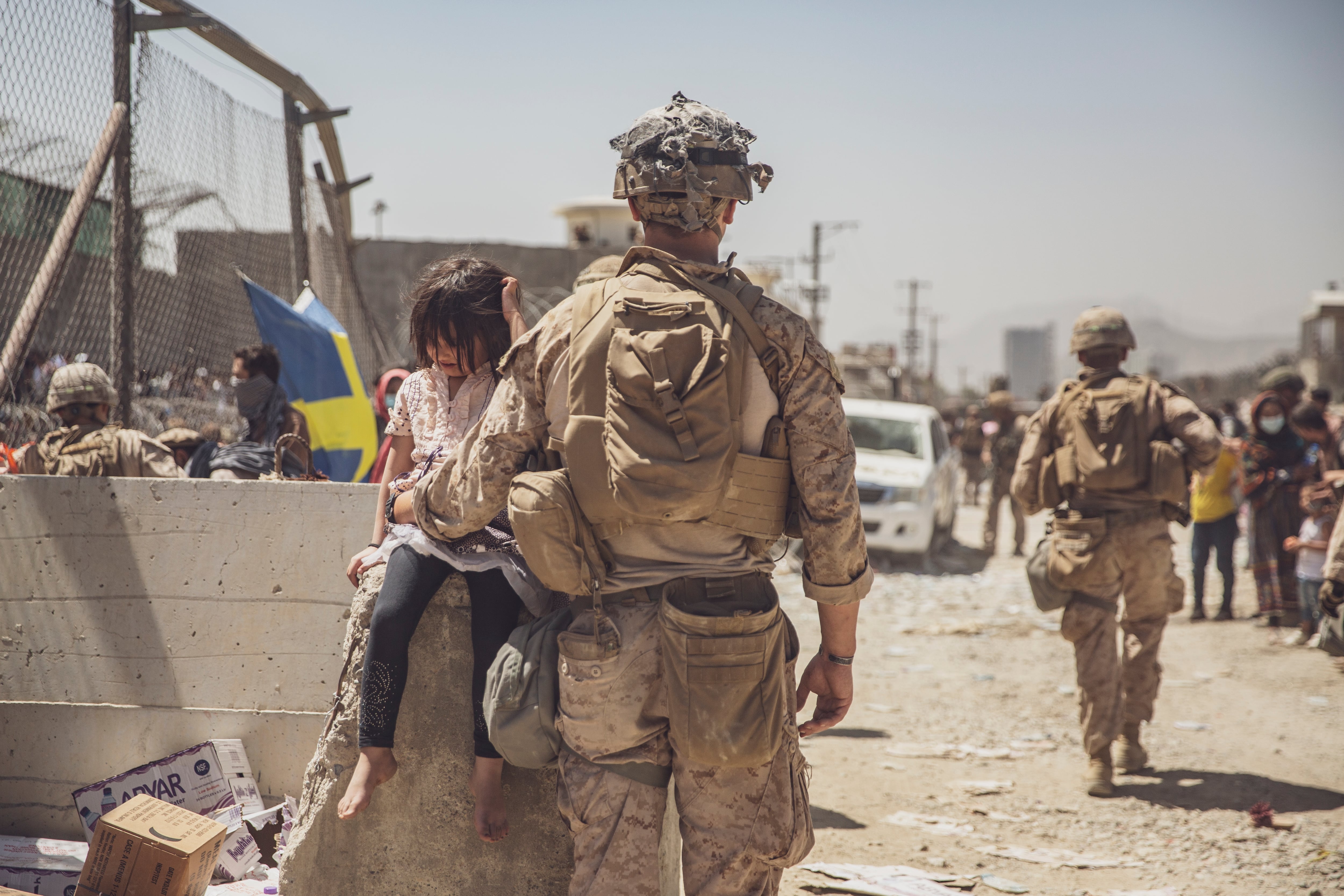Eight bases are open and accepting evacuees from Afghanistan, the head of U.S. Northern Command told reporters on Friday, working toward a capacity of 50,000 people.
So far, 25,600 Afghans have arrived stateside, according to Air Force Gen. Glenn VanHerck, a mix of special immigrant visa applicants and asylum seekers, many of whom completed initial security checks in the Middle East or Europe before arriving stateside.
Roughly 1,000 Afghans had moved off of bases for resettlement, he said, but he could not be sure how long processing times were taking or how long NORTHCOM is expected to continue providing housing, food, medical care and other services to the evacuees.
To help with advocacy, he said, some bases were setting up “mayor cells,” headed up by service members and Afghans to keep communications open about what everyone needs to be comfortable.
“This is great because not only does it allow the Afghans to express their concerns or challenges or where they need help, it also allows us to communicate with them through the same process, and they can perpetuate that information across the entire task force and the entire Afghan population,” he said.
During processing, families are housed together, with some opportunity for temporary walls between groups for privacy, VanHerck said. Those traveling alone are separated by gender.
There are a handful of unaccompanied children, he added, who are staying at a Health and Human Services Department facility near Dulles International Airport outside Washington, D.C., where officials are working to reunite them with family.
RELATED

The majority of SIVs are going to Fort Lee, Virginia, VanHerck said, which opened in late July to begin processing that group. In the final steps of earning their visas, those Afghans have mostly been clearing health screenings before moving on to the resettlement phase.
Fort Pickett and Marine Corps Base Quantico, Virginia, Fort Bliss, Texas, Holloman Air Force Base, New Mexico, Joint Base McGuire-Dix-Lakehurst, New Jersey, Fort McCoy, Wisconsin and Camp Atterbury, Indiana, are also receiving Afghans, most of whom are seeking asylum, and requiring further security screening before final processing and resettling.
Everyone is getting COVID-19 testing, both at Dulles and when they arrive on a military installation, and vaccinations are required for anyone seeking to stay in the U.S. as a refugee, rather than an SIV with documented past employment with the U.S. government.
Many Afghans at the bases are on their second stop, after spending a week or so processing at bases in Italy, Germany, Spain, Qatar, the United Arab Emirates or Kuwait.
VanHerck told reporters on Aug. 27 that Afghans would eventually be reunited with any family members in the U.S., or settled in cities with strong Afghan immigrant communities with the help of non-government organizations.
Meghann Myers is the Pentagon bureau chief at Military Times. She covers operations, policy, personnel, leadership and other issues affecting service members.




